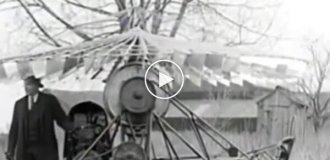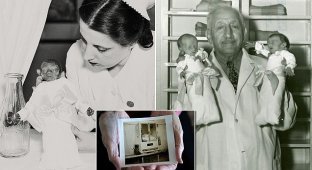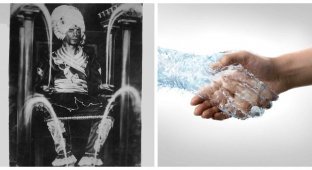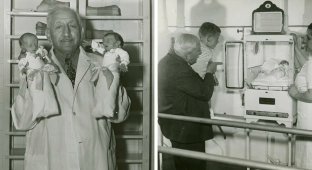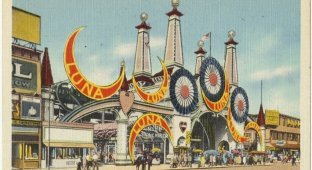How to go down in medical history without being a doctor (7 photos)
A man named Martin Coney became famous for saving thousands of children's lives, but at the same time lied that he was a student of Pierre Boudin, the founder of modern perinatal medicine. 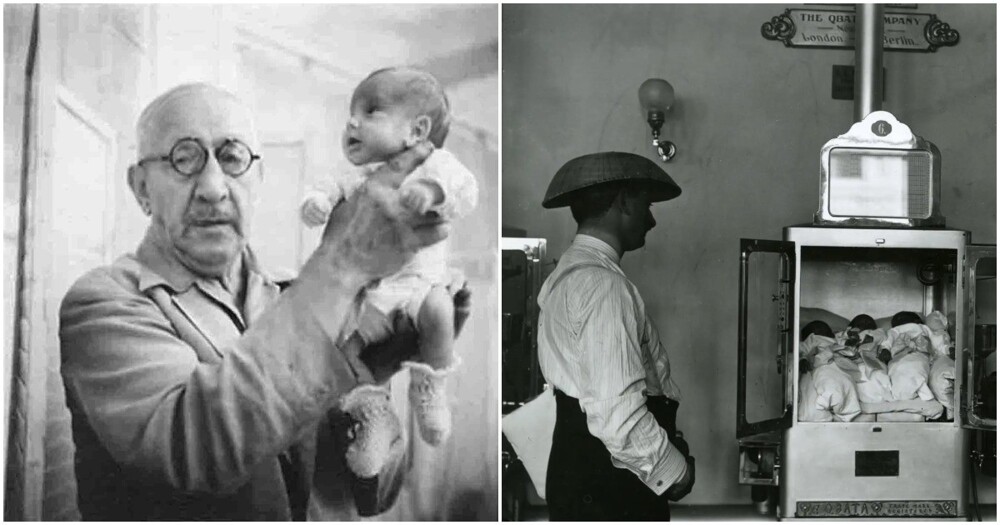
It was 1933 when the article “Saving the Children” appeared in World’s Fair. It was dedicated to the activities of Martin Koni. In those years, babies born prematurely were not nursed. Unfortunately. But Dr. Coney and his team were able to do this in their amusement park on Coney Island (New York). A person without a medical education was able to popularize incubators. 
A little about Kony himself.
Martin himself was born in 1869 in Poland. His real name was Michael Cohen, but he changed it at age 18 when he moved to New York. He did not have a single official document confirming his medical education.
Martin, after settling in America, opened an “attraction” on Coney Island in 1903: for just 25 cents, anyone could watch children weighing less than a kilogram placed in incubators. He purchased them himself. This unique attraction has saved the lives of premature babies for 40 years. 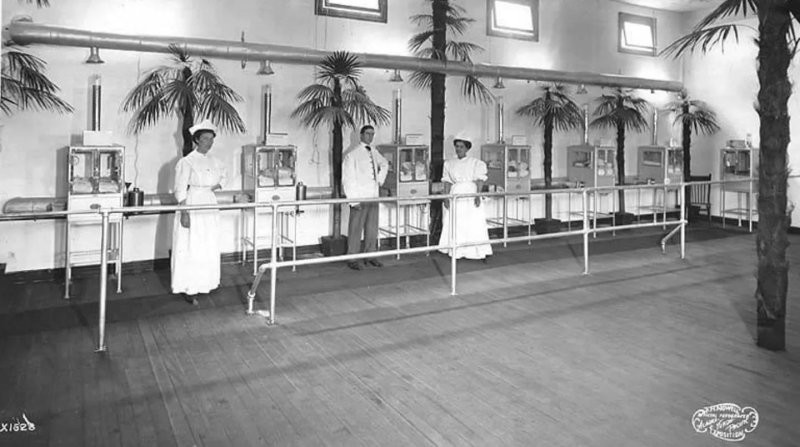
During the early 20th century, hospitals considered premature babies to be genetically incomplete. There were no incubators; it was practically impossible to help them. Therefore, parents themselves brought their children to Martin Coney, and their treatment was expensive - as much as 15 dollars a day (equivalent to today's 400 dollars) and all the money collected from the audience went to care for the babies.
There were always barkers at the entrance: “Don’t forget to look at the children!” One of the barkers, by the way, was an aspiring actor, whom the world later recognized as Cary Grant. 
In one of his interviews, the doctor said that he would immediately close his attraction as soon as hospitals provide quality medical care to premature babies.
Koni's incubators were a real miracle: they were created from glass and steel. They were placed at a height of one and a half meters, and the cradle itself was heated from a boiler located outside. The supplied air was thoroughly filtered. 
The entire room was sterile clean, all nurses were cleaned and wore only gowns. Martin Koni was a supporter of breastfeeding, so wet nurses who drank or smoked were not allowed to see the children. Nurses generally had a special diet so that weakened children received the most nutritious milk every two hours. Those babies whose esophagus was underdeveloped were fed through their noses.
In the 40s, the first intensive care and resuscitation units for premature babies gradually began to appear in hospitals. Kony's dream has become a reality. The first department for premature babies appeared in New York in 1943.
Over the entire period of its existence, his “attraction” saved the lives of about 7,000 children. 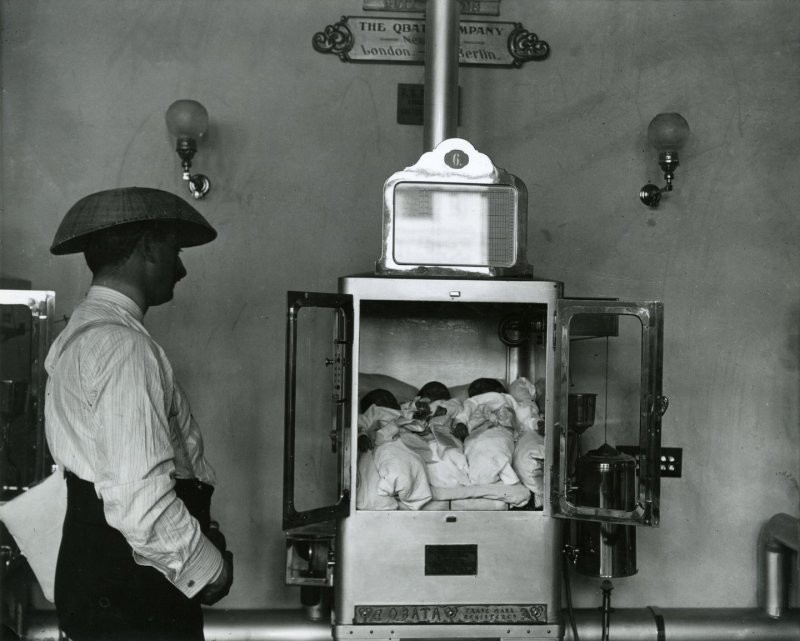
But the doctors were indignant. They accused him of self-interest, declared violations of professional ethics, and the public condemned Kony for inhumanity. But he stubbornly continued to do his job and the public still wanted to look at “Kony’s children.” He saved lives and did it responsibly. He raised awareness about premature births and tried to convince all medical institutions that proper treatment and care would seriously increase the survival rate of babies. It was important for Martin that people see with their own eyes the importance of incubators and proper treatment, so that they believe that children can be saved. What can I say? Martina Koni's own daughter was born prematurely and was saved thanks to an incubator.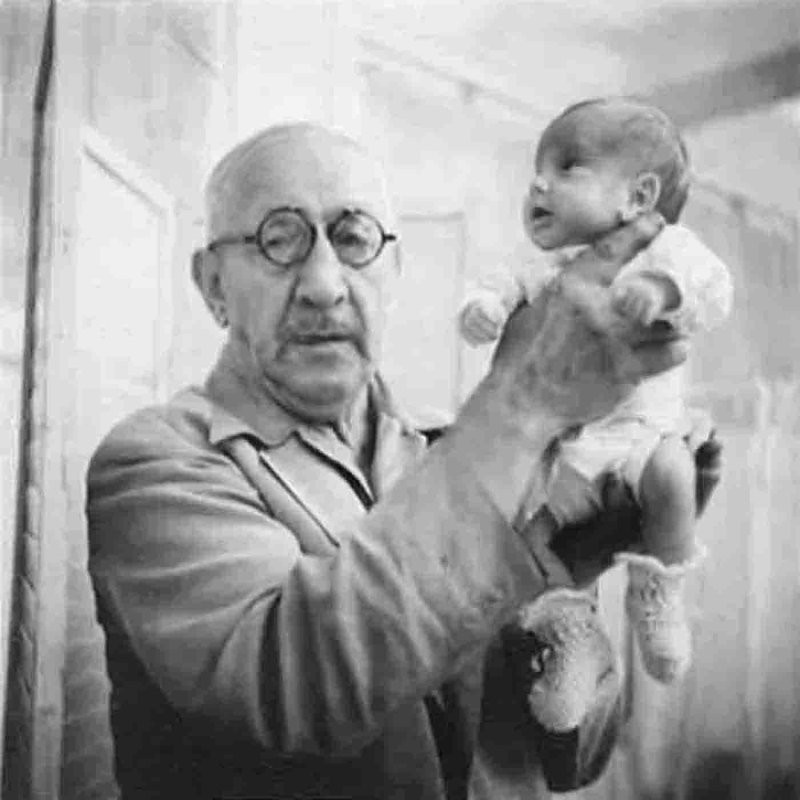
Over the years, Kony has been able to provide literally living evidence of his success. He gladly arranged meetings for his former “patients,” and some of the rescued children simply came to visit him.
In 1939, at the World's Fair in New York, a 19-year-old girl approached Koni with words of gratitude, because she was one of the children he saved. By the way, she became a nurse.
In 1943, Koni closed his exhibition and said that his work at the opening of the first department for premature babies was finished.
Martin Coney died in 1950, when he was 80 years old. For all 40 years, his “attraction” did not bring him any tangible income and he died in complete poverty.
But his business continues to live. And every day, all over the world, premature babies survive.









